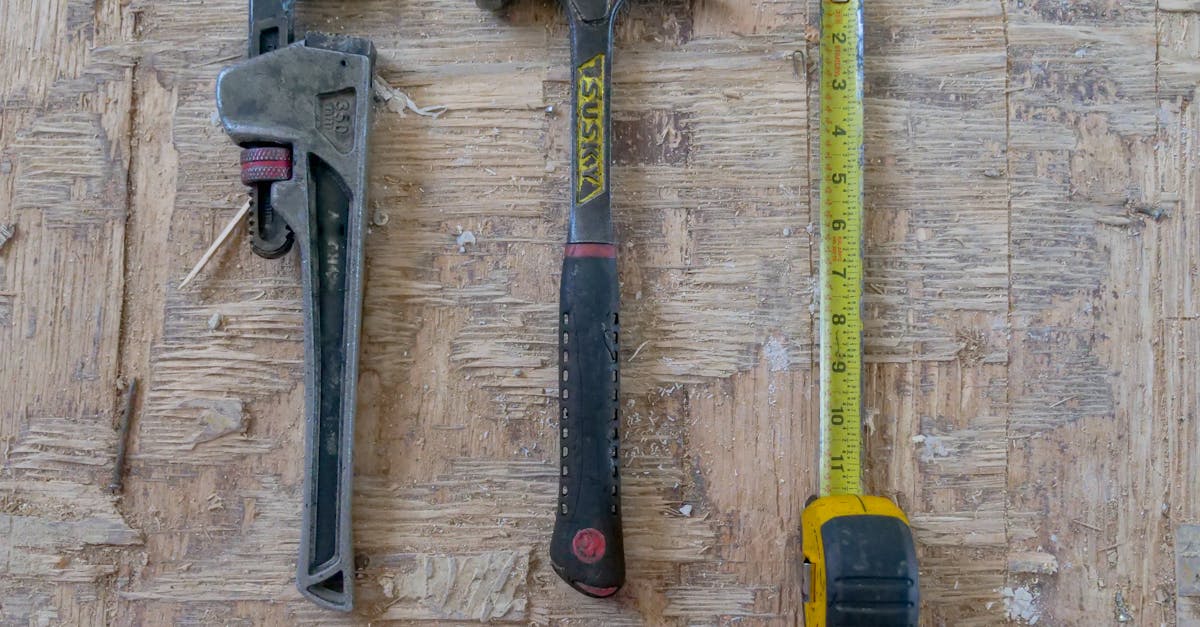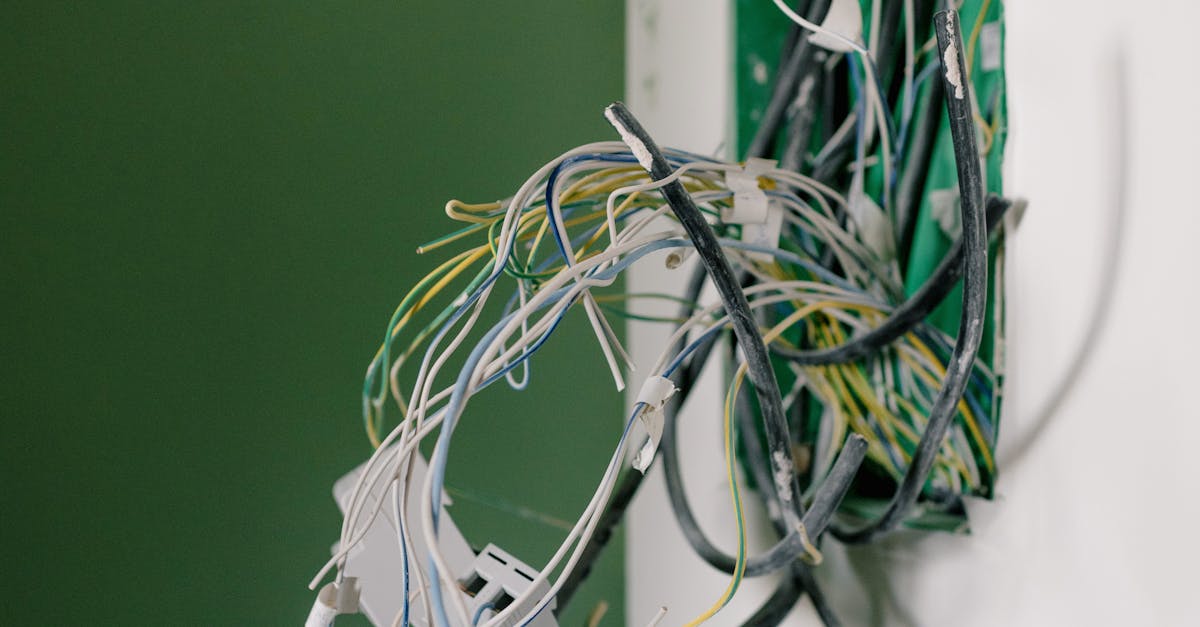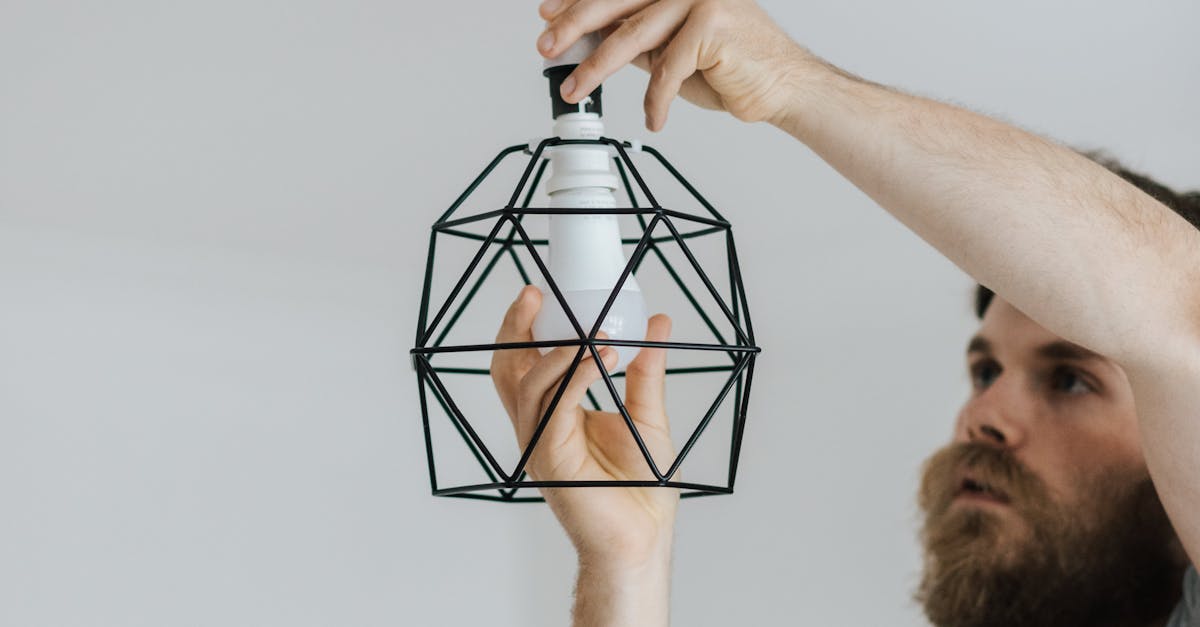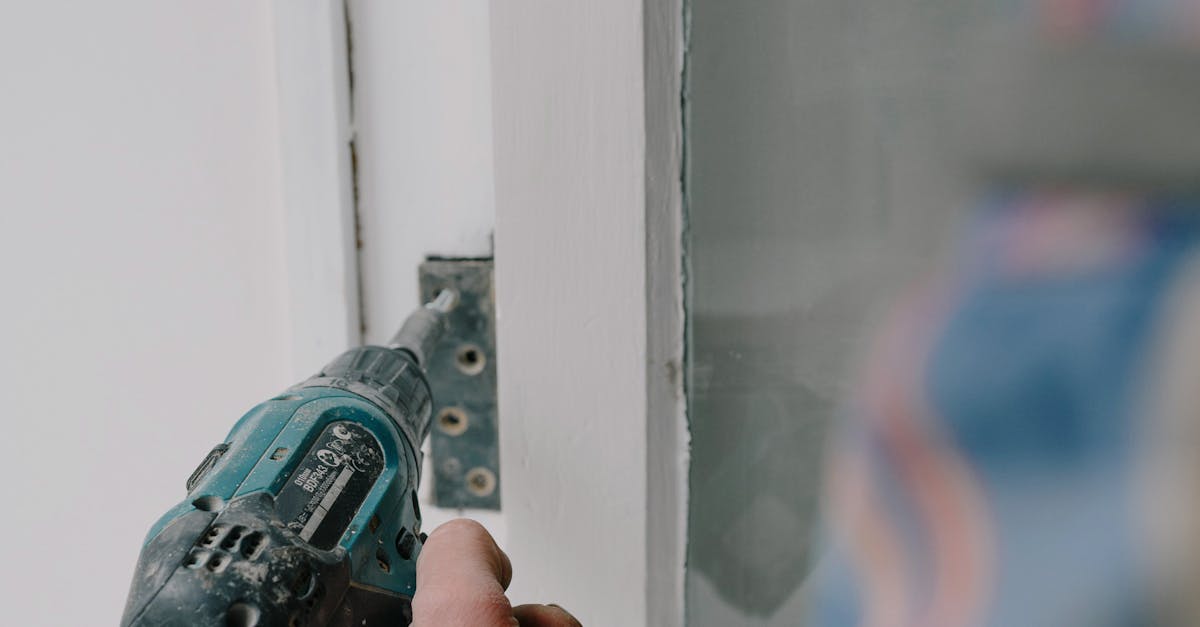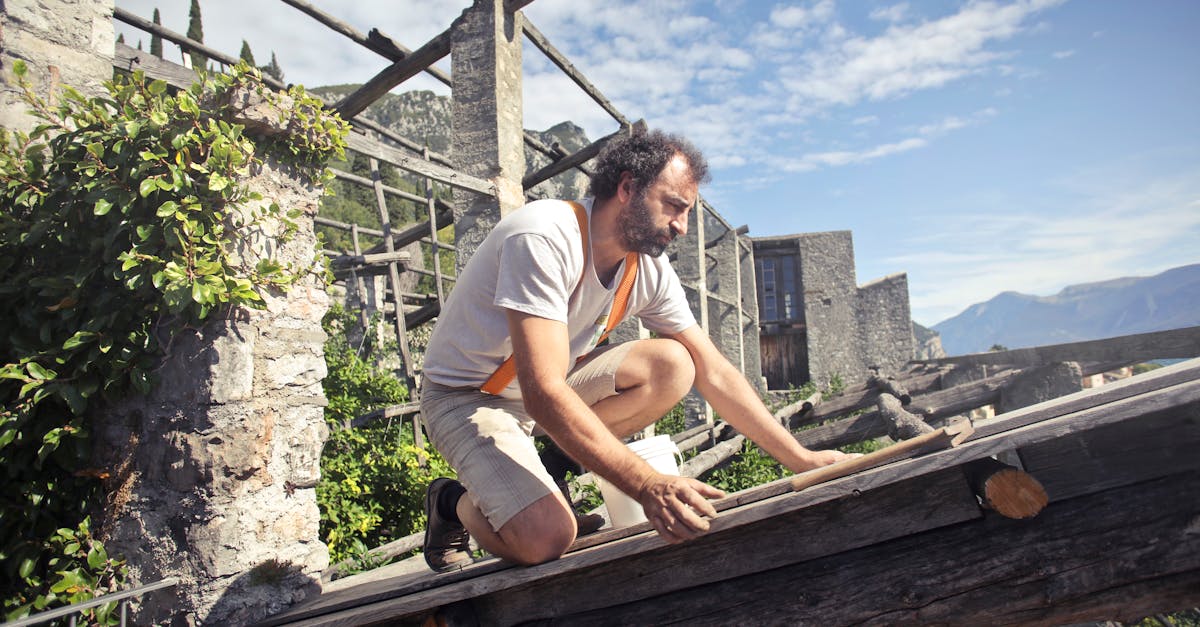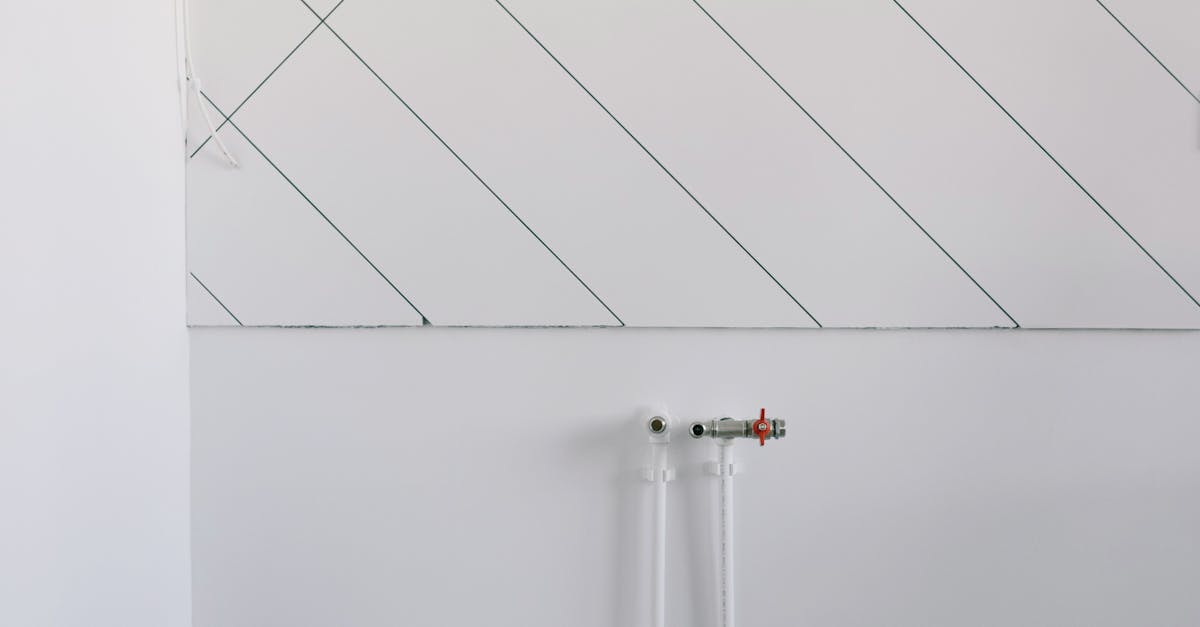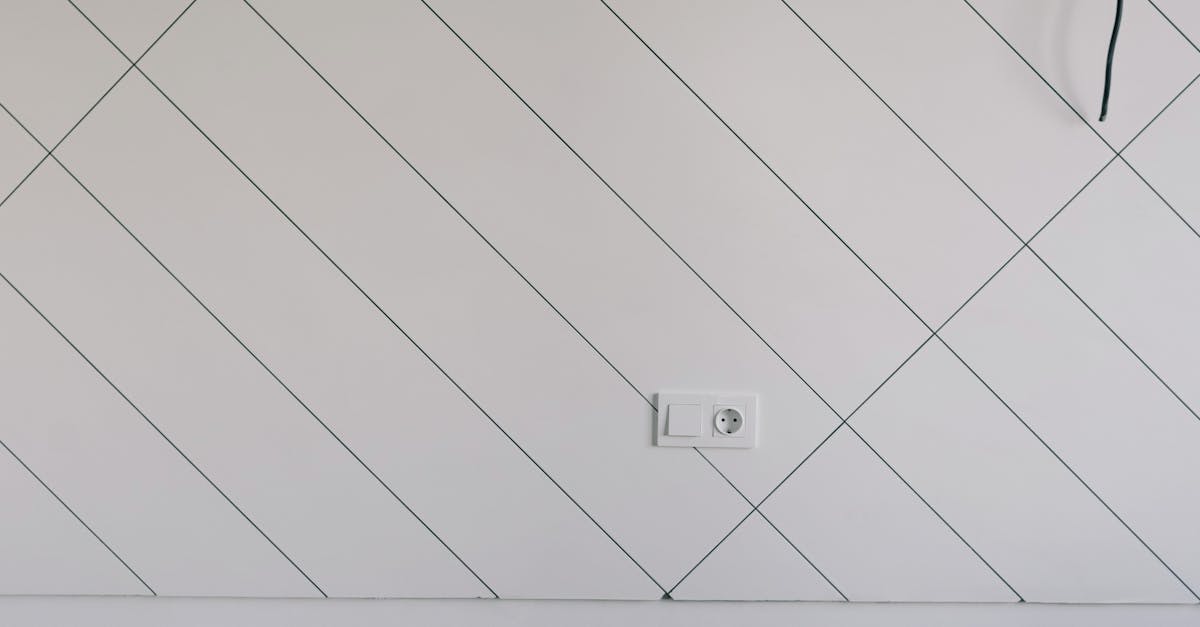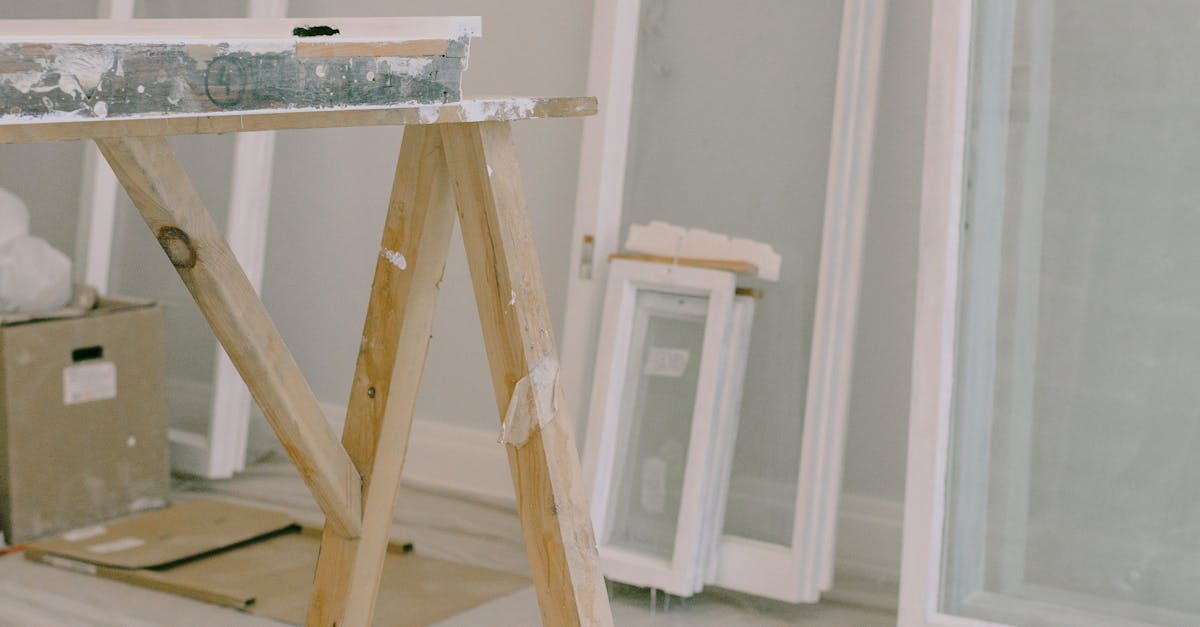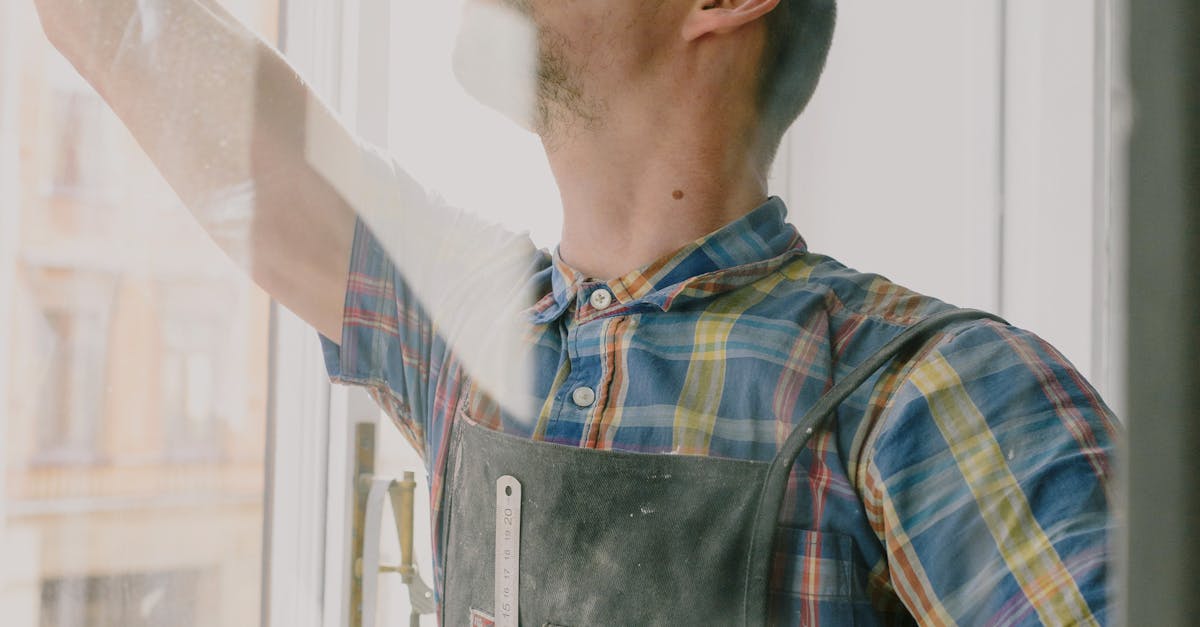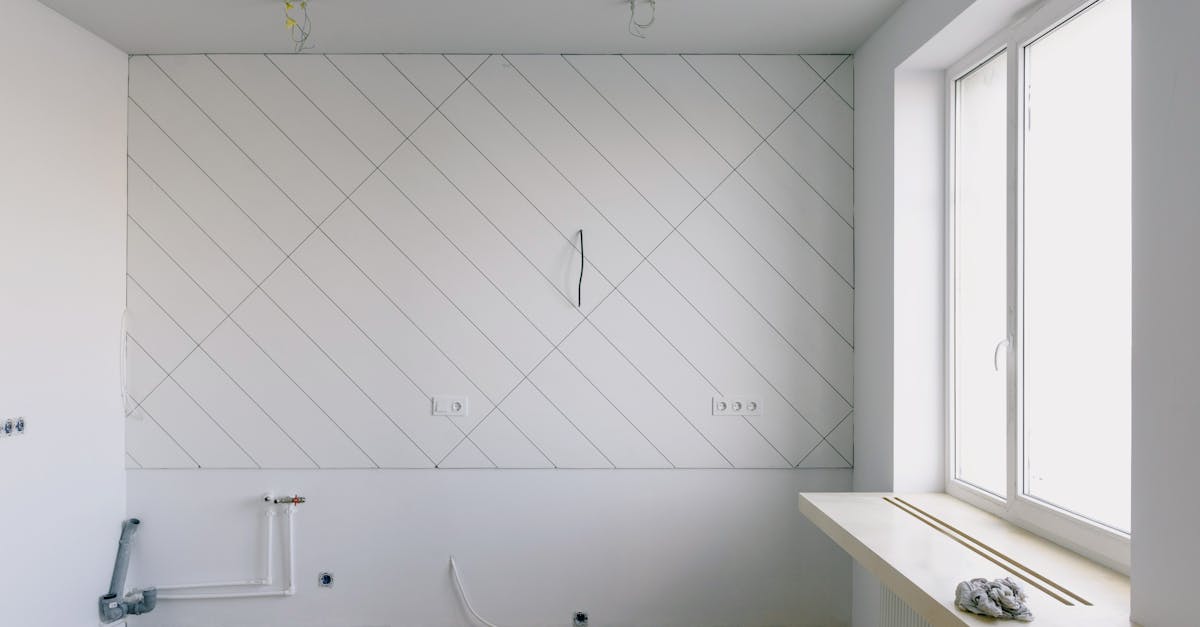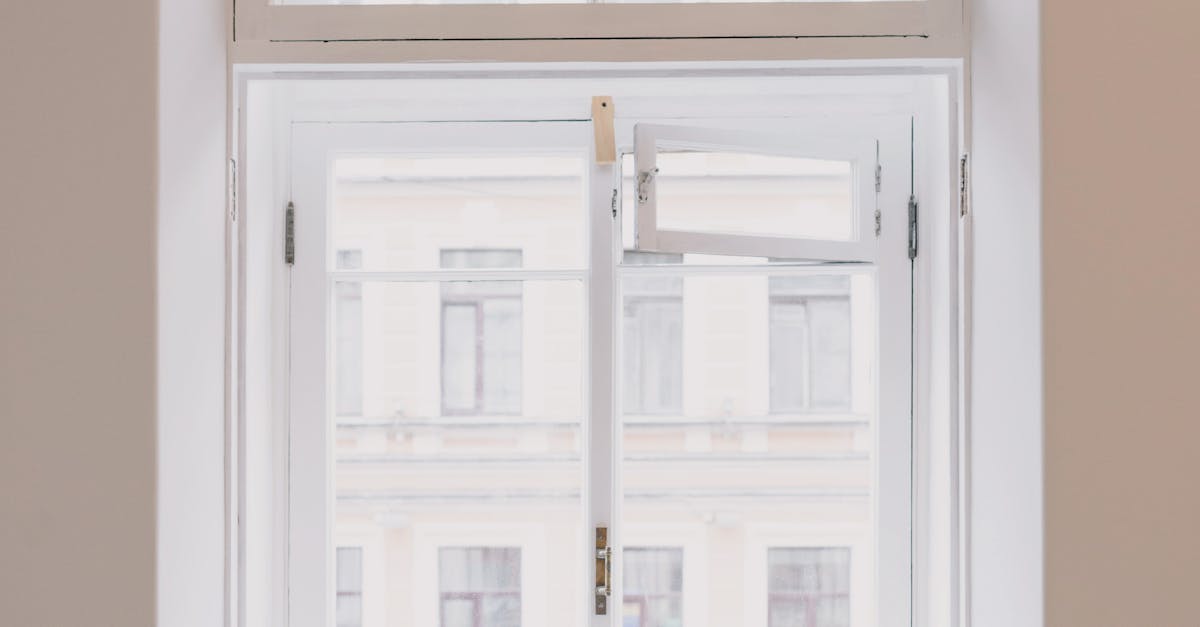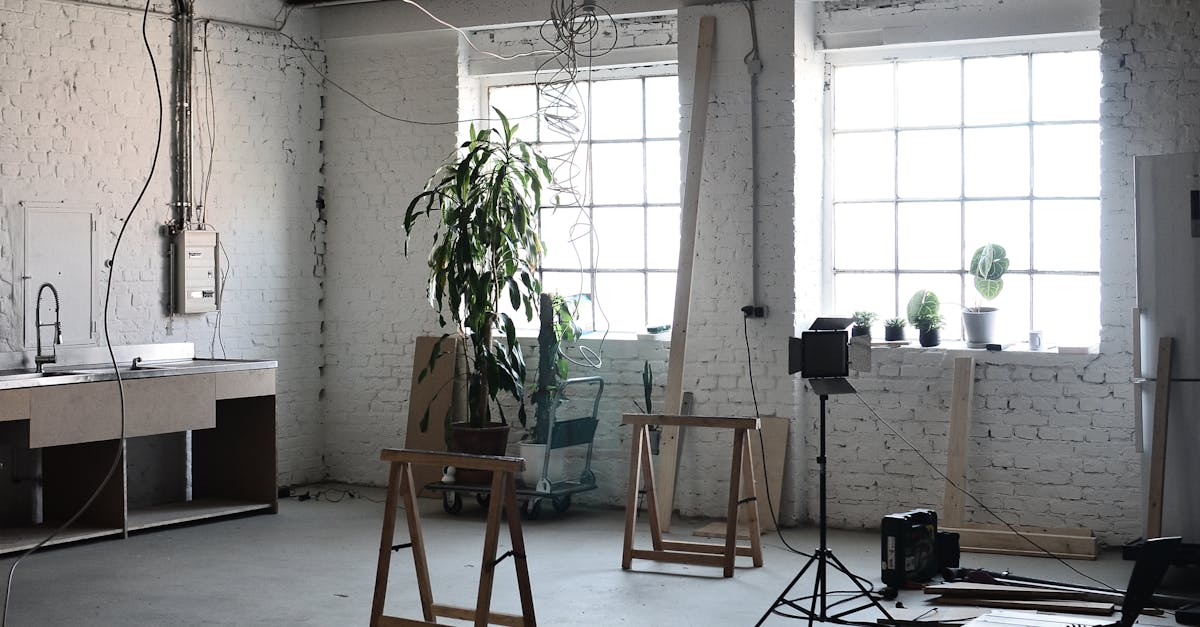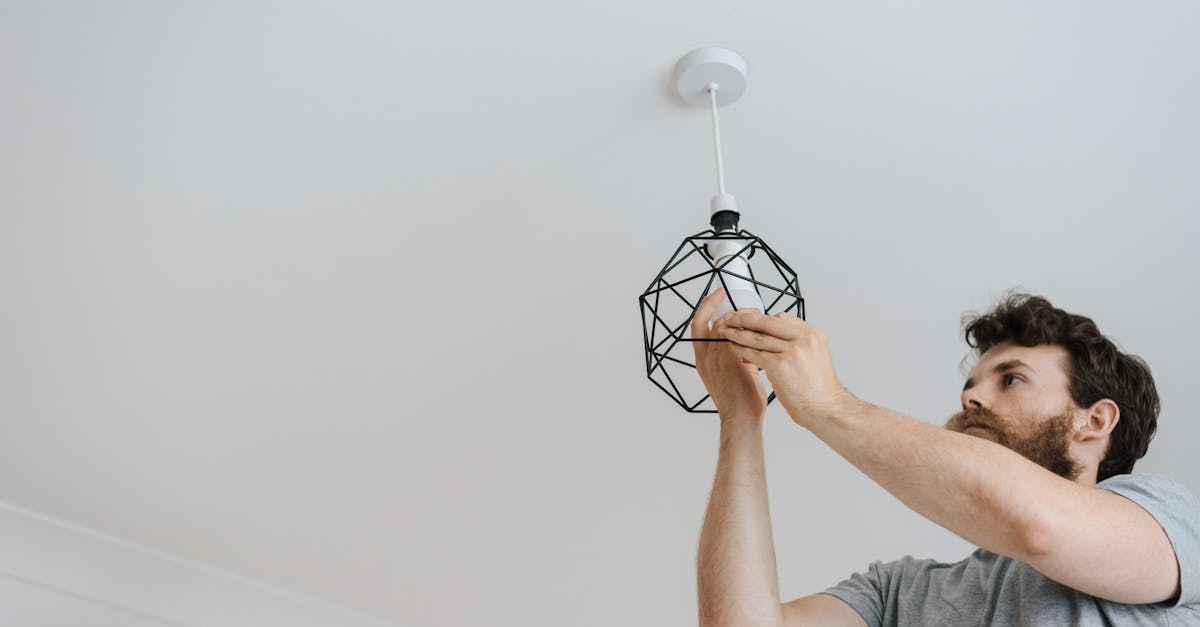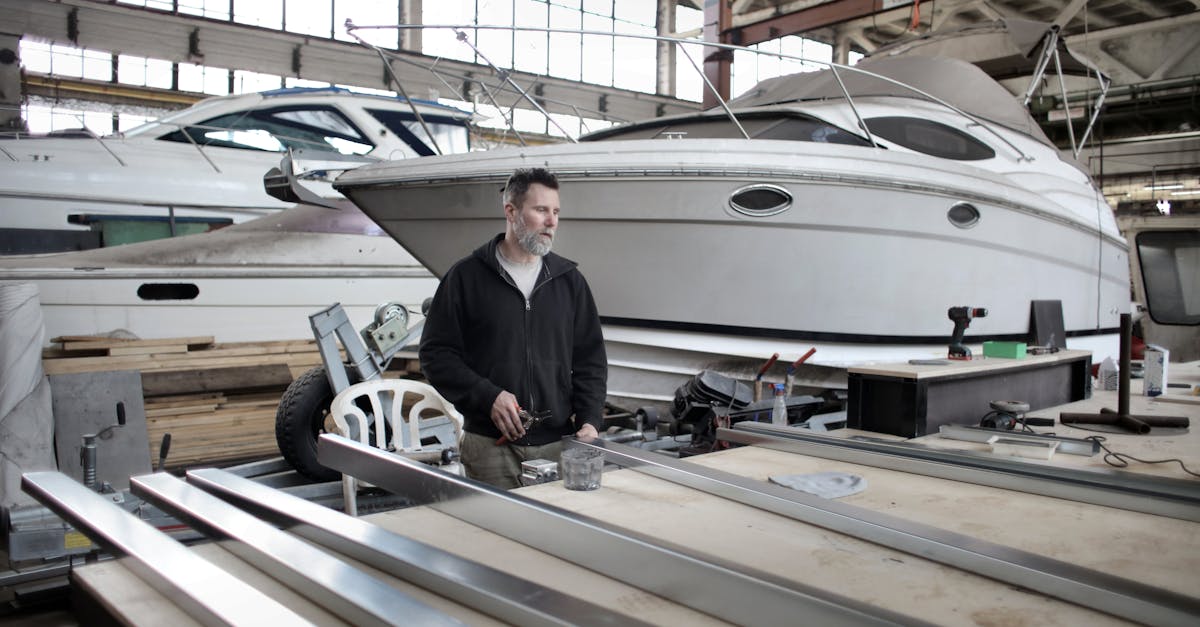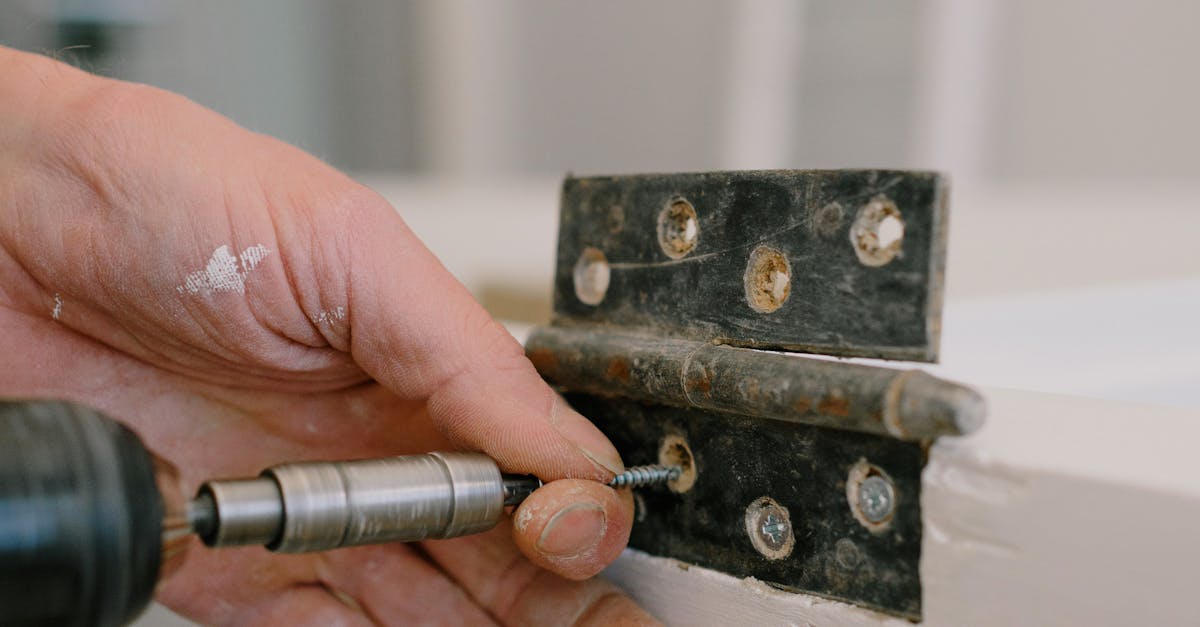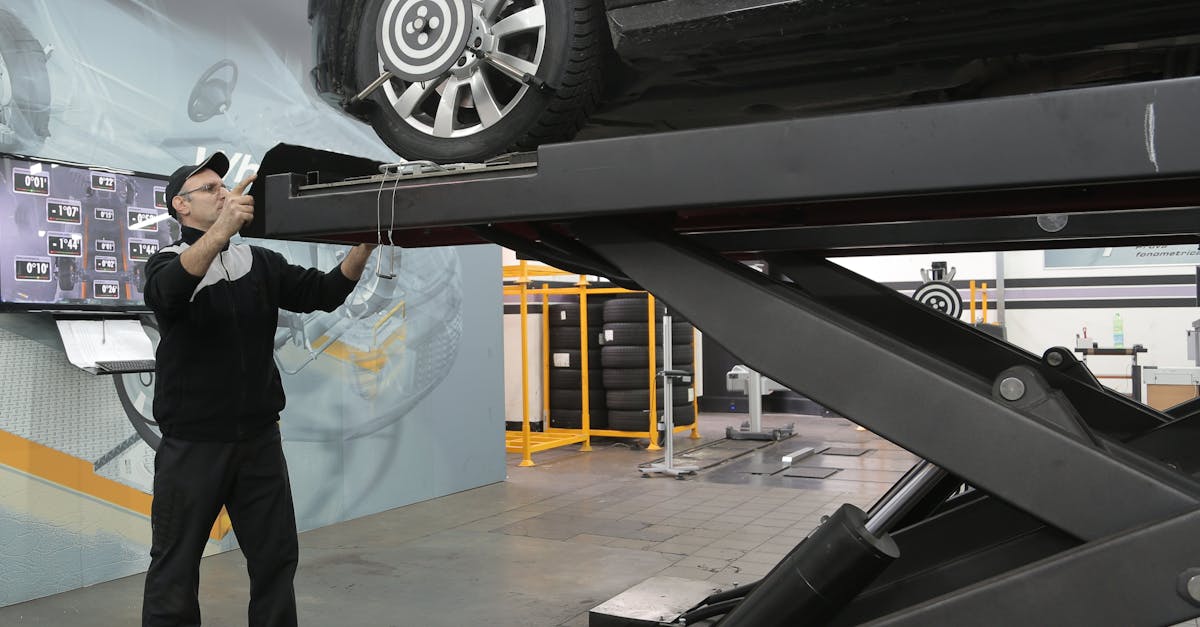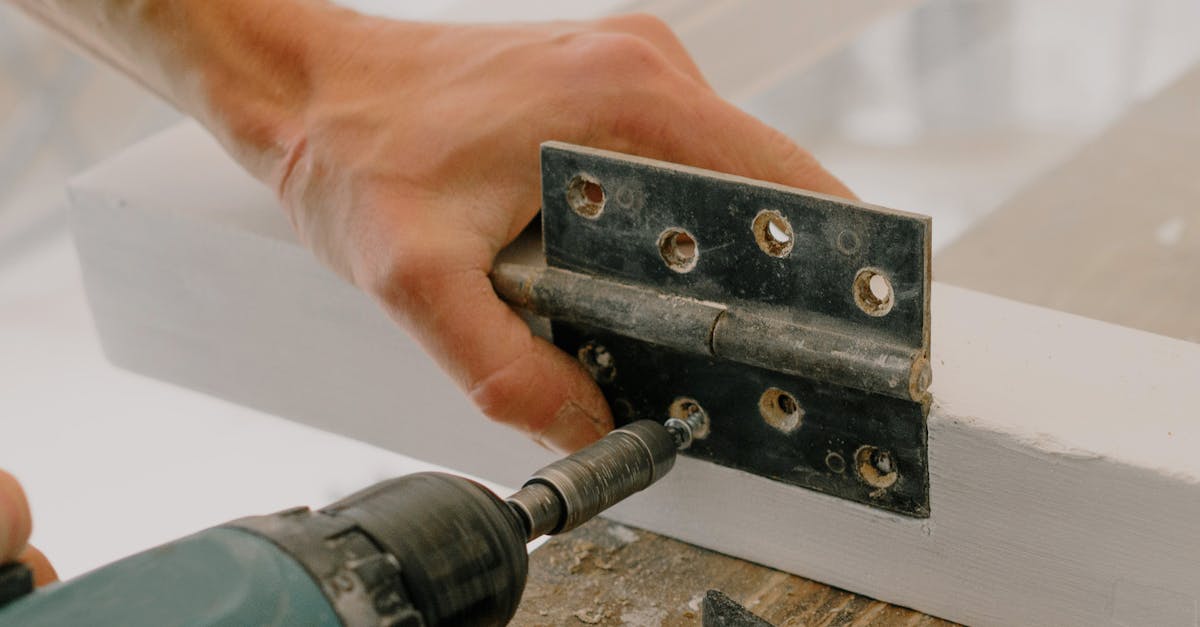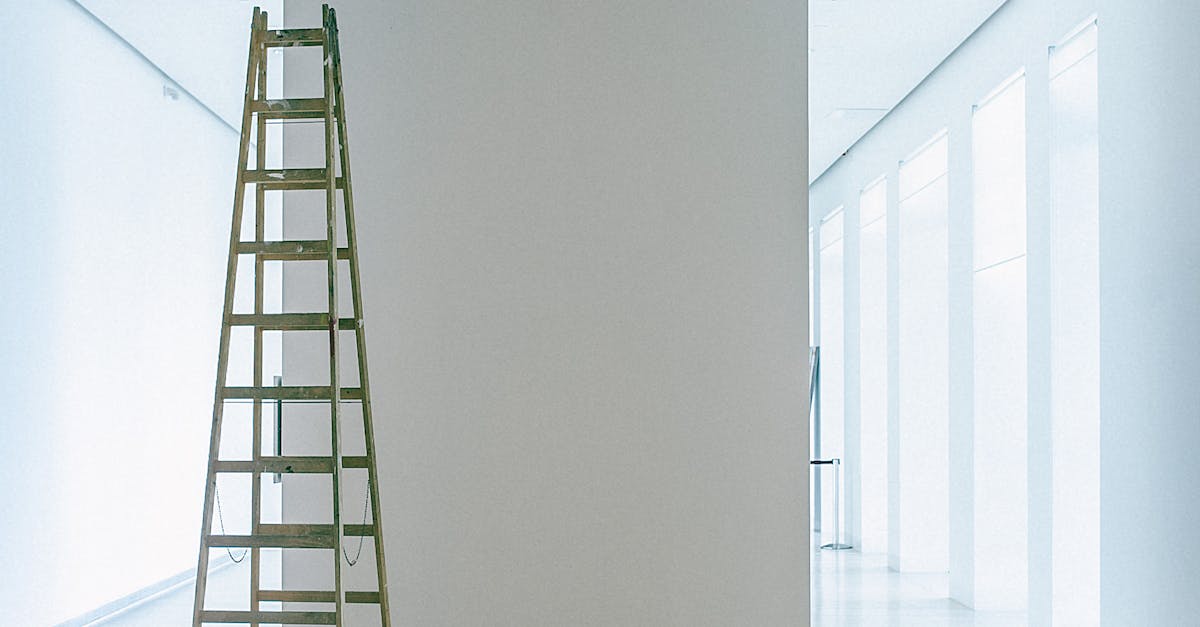
Table Of Contents
Preparing for Pipe Relining
Before starting the pipe relining process, it is important to prepare the site effectively. This includes clearing the area around the damaged pipes to allow easy access for the technicians. Any landscaping or structures in the vicinity should be accounted for, as this can impact both the efficiency of the work and the safety of the team. Understanding the specific requirements for sewer line installation and repair also helps in ensuring that all necessary materials and tools are readily available for a successful operation.
Additionally, homeowners may need to arrange for temporary alterations to their daily routines during the relining process. This might include limiting water usage or finding alternative restroom facilities, depending on the scope of the work. An initial inspection will typically precede the relining to assess the condition of the pipes. This assessment is crucial, as it not only determines the extent of the damage but also informs the most suitable methods for repair or replacement.
Necessary Preparations Before Work Begins
Before initiating the pipe relining process, it is essential to conduct a thorough inspection of the existing plumbing system. This often involves the use of specialised cameras to locate blockages, cracks, or tree root intrusions. Understanding the condition of the pipes allows for accurate assessments and ensures the appropriate relining solution is applied. Proper inspection forms the basis of effective sewer line installation and repair, ensuring that the new lining adheres properly and lasts for years to come.
Additionally, clearing the work area is crucial for a smooth pipe relining procedure. Homeowners should ensure that the access points to the plumbing system are unobstructed, which may require moving outdoor furniture or clearing vegetation away from service areas. Such preparatory measures not only facilitate ease of access for the technicians but also help maintain the integrity of the surrounding property during the sewer line installation and repair processes.
PostRelining Inspection
Post-relining inspection is a crucial step towards ensuring the success of any pipe relining project. After the repair has been completed, professionals typically conduct a thorough assessment using advanced technology such as CCTV cameras. This inspection allows them to closely examine the newly relined pipes for any potential issues and verify that the relining has been applied properly. Undergoing this process helps to identify any weak points or irregularities that may not be visible from the outside.
Sewer line installation and repair require a meticulous approach to guarantee long-term functionality. By closely monitoring the finished work, plumbers can ensure that the relined pipes are free from blockages and structural weaknesses. This level of diligence not only fortifies the integrity of the plumbing system but also reduces the likelihood of future emergencies. Regular follow-up inspections can further contribute to the longevity of the repairs and the overall health of the sewer network.
Ensuring Quality and Longevity of Repairs
Ensuring the quality and longevity of repairs after pipe relining involves rigorous inspection and maintenance. After the relining process, it's essential to conduct a thorough evaluation to identify any potential issues that may surface. This inspection assesses the integrity of the new lining, looking for signs of imperfections or vulnerabilities that could compromise the sewer line installation and repair. Regular checks can help detect issues early, allowing for prompt action to prevent more significant problems down the line.
Maintenance plays a crucial role in extending the lifespan of relined pipes. Adopting a proactive approach involves periodic inspections and cleaning to minimise debris accumulation, which can lead to blockages. Educating homeowners about the importance of not flushing inappropriate items down the toilet or pouring grease down the sink is vital. By promoting responsible usage and scheduling routine maintenance, property owners can maximise the benefits of pipe relining while ensuring their sewer line installation and repair remains effective for years to come.
Common Myths about Pipe Relining
Many people believe that pipe relining is a complex and lengthy process, which can deter them from considering it as a viable option. In reality, pipe relining can be an efficient and minimally invasive method for repairing damaged pipes. Unlike traditional methods such as sewer line installation and repair, which often require significant excavation and disruption, pipe relining can usually be completed within a day. This efficiency makes it a popular choice for property owners seeking a quicker solution to plumbing issues.
Another common misconception is that pipe relining is a temporary fix rather than a permanent solution. Some are concerned about the longevity and effectiveness of the newly lined pipes. However, when performed by qualified professionals using high-quality materials, pipe relining can restore the integrity of pipes for decades. It not only addresses existing issues but also improves the overall function and longevity of the plumbing system.
Debunking Misconceptions
There are several misconceptions surrounding the process of pipe relining. One common belief is that the method is only a temporary fix, leading many to assume it will require frequent replacements. In reality, when performed correctly, pipe relining can provide long-lasting results, often exceeding the lifespan of traditional pipe installation. This level of durability makes it a preferred choice for many property owners who wish to avoid the hassle of frequent sewer line installation and repair.
Another myth suggests that pipe relining is excessively costly compared to other repair methods. While the initial investment can appear more significant, it often proves to be more economical in the long run. Traditional repair strategies frequently involve extensive excavation and significant labour costs. Pipe relining, on the other hand, minimizes disruption and can reduce total restoration expenses, making it an attractive option for those needing efficient sewer line installation and repair.
FAQS
How long does the pipe relining process typically take?
The pipe relining process usually takes between one to two days, depending on the extent of the damage and the length of the pipes being repaired.
What factors can affect the duration of pipe relining?
Factors such as the size and condition of the pipes, the complexity of the job, and the specific methods used can all influence how long the relining process will take.
Will I be without water during the pipe relining process?
Yes, there may be a temporary disruption to your water supply during the relining process, typically lasting a few hours. Your plumber will inform you about the expected downtime.
Can I use my plumbing during the pipe relining process?
It is advisable to avoid using your plumbing during the actual relining process to ensure that the materials set properly and to prevent any interference.
How often should I have my pipes inspected after relining?
It is recommended to have your pipes inspected every couple of years after relining to ensure they remain in good condition and to address any potential issues early.
